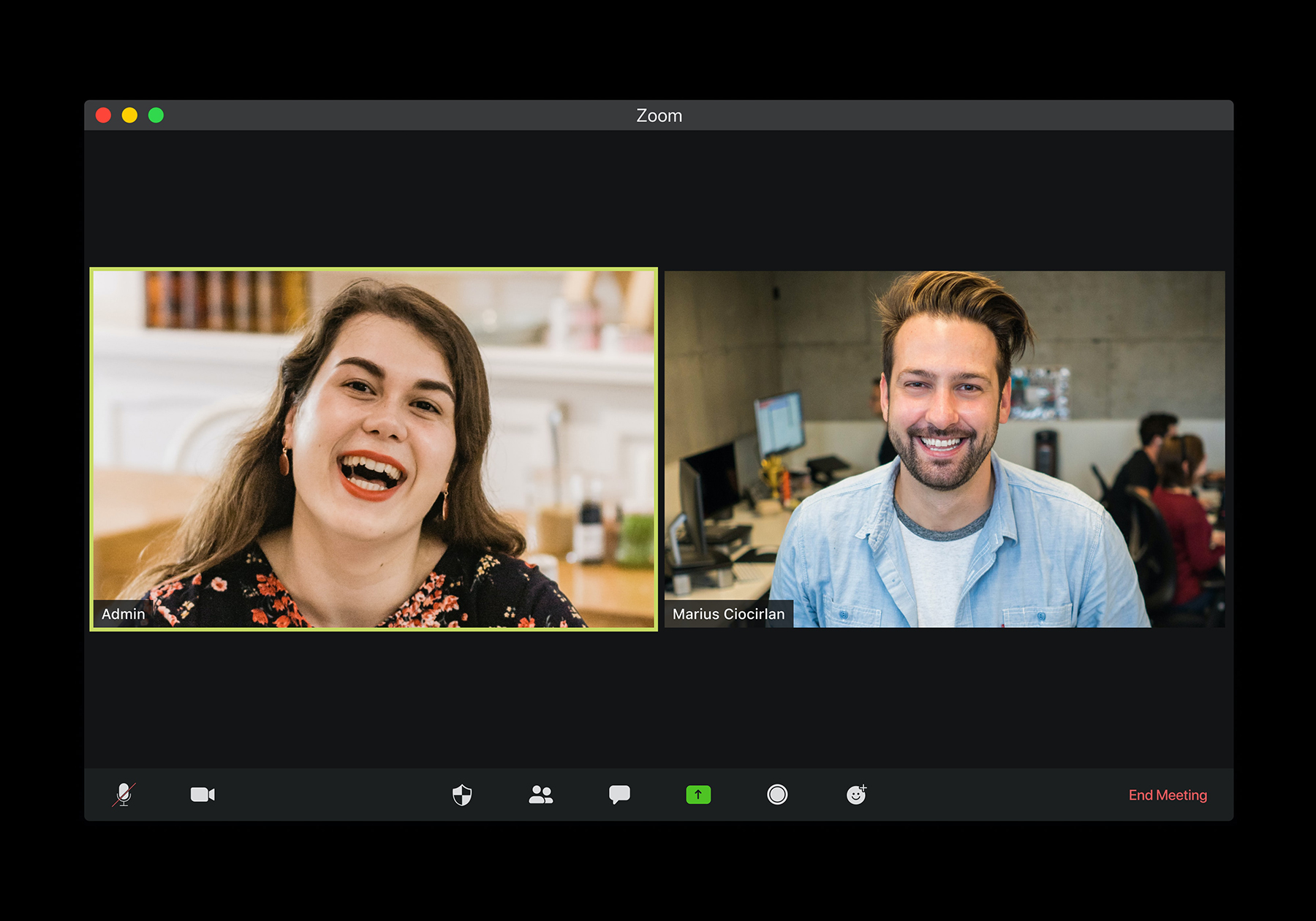
How To Build Team Culture Remotely
As we entered March, no one could have foreseen the changes that would happen to the workplace. Recruitment has a reputation for presenteeism and a big reliance on KPIs. Morning meetings are a staple, with day plans, standing team meetings and daily goal setting. When lockdowns came into force, this all changed.
Thousands of companies sent employees home with laptops and headsets, put roles on hold and overhauled interview processes. But many firms have adapted and thrived during this period. They made quick decisions and have had record years.
One of the biggest challenges that employers have faced has been building culture. How do you integrate a new starter into the culture? How do you make them feel welcome and part of the team? How do you get them working without meeting them yet? We have surveyed candidates and clients to get a better understanding.

How did firms build culture remotely?
The most important answer to this question was one of the most practical. New employees needed the right equipment from day one. We spoke to Clayton Smith, who recently joined Venturi as their Head of Salesforce Recruitment:
‘On my first day, I was sent a company cell phone, this was set up very quickly and allowed me to get to work. I personally prefer to use the MacBook operating system, so I worked from my own laptop, but there was a laptop on offer if I needed it. The team helped me integrate all their software on my laptop. It was a simple process.’
We then asked Clayton how they made him feel part of the team, something that is typically done in recruitment by team lunches and drinks, among other things:
‘My new manager, Michael, set me up on 1-on-1s with half of the business to get to know everyone internally, this allowed me to work quickly on a peer level. There is nothing I would change about the process; they let me adjust to the process and were also very receptive to hearing my thoughts on improving process and internal management.’
This experience is an excellent example of integrating a new remote team member very quickly. There is also a variety of other initiatives we’ve heard of: Giving employees vouchers for home office equipment, Zoom quizzes and Deliveroo vouchers, as an example. Also, new employees needed the opportunity to get face time with as much of the team as possible. This enabled them to work effectively and build relationships.
How did it feel for staff and managers?
Many staff and managers admitted to initially feeling sceptical about building culture remotely. While it was different from being in the office, buy-in from the team and the new employees helped build a culture of trust and understanding.
Ensuring the right equipment worked effectively and arrived on time was a logistical challenge. This process quickly became the norm with new start packs sent around the country.
You cannot judge your finish time on the rest of the team anymore – no one wants to be first to leave on their first day. It is more important than ever to have a clear start and finish time, as well as an understanding of output expectations.

What changed from initially going remote, to now?
Trust levels increased when managers saw they did not have to listen and observe staff all day. They realised their teams worked well from home and generated income for the business.
Managers noticed that some staff did not adapt as well. Some managers noted they felt a duty to check on mental wellbeing with daily catch-ups.
Many adapted management styles on a case by case basis. Some staff preferred more communication and others a more hands-off approach. It is important to tailor the approach for different team members.
What were the biggest challenges?
Overall, the biggest challenge that we found from our conversations was managing productivity vs mental health. Managers and staff found it hard striking the balance of making money in an ever-changing market while ensuring they stayed engaged.
One of the most relevant points we heard was on the importance of setting expectations. Sourcebreaker said this:
‘There is no longer that judging when to finish on your first day by seeing when the majority of the office leaves – no one wants to be first to leave on their first day. Having a clear set time to start and finish, as well as an understanding of what output is expected is more important than ever.’
Managing this workload and screen time is essential when, target-driven recruiters, are operating in a volatile market.
What does it mean for the future of the workplace?
On the whole, there has been a positive shift in the industry. Most firms will adopt flexible working practices moving forward. But there is a consensus that some form of face-to-face office interaction will be essential for the foreseeable future. This is particularly prevalent when talking to firms that have an intake at the junior end of the market.
During the formative days of a recruitment career, learning is mostly done by osmosis and by observing the practices of high performers. We do envisage and have already seen, some firms hiring completely remote team members. These are typically seasoned recruiters who have already done the hard yards and need little guidance.
The future of the workplace will involve a blend of homeworking and office work, with technology being all the more essential to develop a connected and engaged workforce.
Download the Remote Onboarding Guide
For further advice about remote onboarding just complete this short form to receive a step by step guide.

